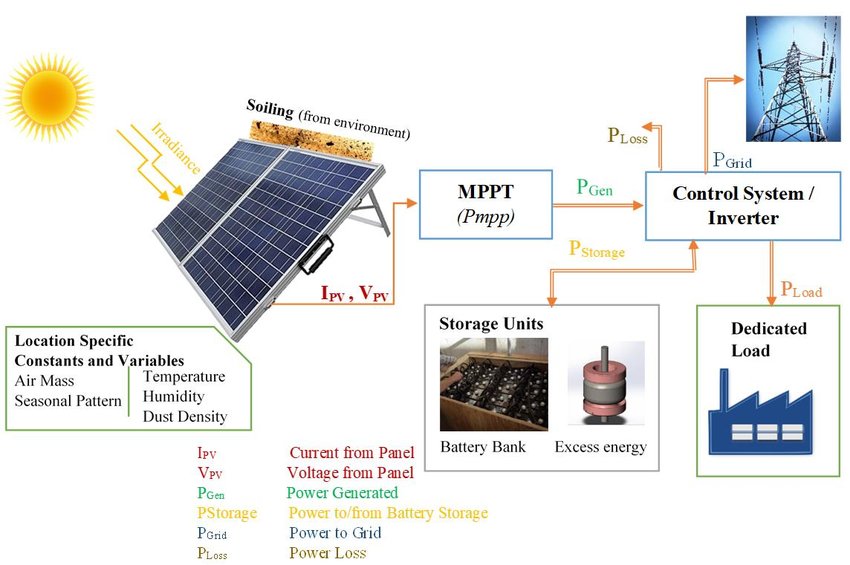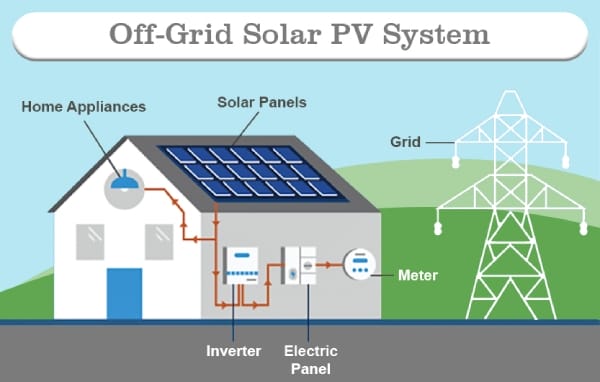
As the world shifts toward clean energy, understanding how solar power works has never been more important. If you’ve ever wondered how a solar PV (photovoltaic) system transforms sunlight into usable electricity, you’re in the right place. In this guide, we break down the basic building blocks of a solar PV system, explaining each component and its role in generating sustainable energy.
What Is a Solar PV System?
A solar photovoltaic (PV) system is a setup that converts sunlight into electricity using solar panels and several interconnected components. It’s widely used in residential, commercial, and industrial applications to reduce dependency on the grid and cut down on energy bills.
Why Understanding the Components Matters
Knowing the basic building blocks of a solar PV system helps you:
- Make informed decisions about system design
- Estimate energy output and efficiency
- Choose the right components for your needs
- Understand maintenance and troubleshooting
Core Components of a Solar PV System
1. Solar Panels (Photovoltaic Modules)
Solar panels are the most visible and crucial part of the system. They contain photovoltaic cells made of semiconductor materials (usually silicon) that convert sunlight into direct current (DC) electricity.
Key Features:
- Rated by wattage (e.g., 350W per panel)
- Efficiency varies between 15%–22%
- Can be monocrystalline, polycrystalline, or thin-film

2. Inverter
Solar panels produce DC electricity, but homes and appliances use alternating current (AC). The inverter converts DC to AC.
Types of Inverters:
- String Inverters – One inverter for all panels
- Microinverters – One inverter per panel
- Hybrid Inverters – Combine solar and battery inverter functionality
3. Battery Storage (Optional but Valuable)
Solar batteries store excess energy generated during the day for use at night or during power outages. This is especially useful for off-grid systems.
Popular Battery Types:
- Lithium-ion (more efficient and compact)
- Lead-acid (affordable but heavier)
4. Charge Controller (for Off-Grid Systems)
A charge controller regulates the voltage and current from the solar panels to prevent overcharging the batteries.
Two Main Types:
5. Mounting Structure
These are the frames and brackets that secure the solar panels to your rooftop or ground area.
Key Considerations:
- Roof angle and orientation
- Material (aluminum, stainless steel)
- Durability and resistance to weather
6. Electrical Wiring and Protection Devices
Proper cabling, circuit breakers, and grounding are vital for safety and efficient energy flow.
Components include:
- DC/AC cables
- Fuses and circuit breakers
- Earthing and lightning protection
Optional Add-ons for Enhanced Functionality
- Energy Monitoring Systems: Track energy production and usage in real time
- Smart Home Integration: Connect your solar PV system with smart appliances
- Backup Generators: Provide extra reliability for off-grid setups
How Solar PV Systems Work Together
Here’s a simplified breakdown:
- Sunlight hits the solar panels, producing DC electricity.
- The inverter converts DC to AC for household use.
- Surplus energy charges the battery (if present) or is fed back to the grid.
- The system distributes AC power to your home or business.
Conclusion: Harnessing the Sun’s Power
A solar PV system is more than just panels on a roof—it’s a carefully designed network of components working together to bring you clean, renewable energy. By understanding the basic building blocks, you’re better equipped to choose, install, and maintain a system that fits your energy goals.
Ready to Start Your Solar Journey?
Whether you’re planning to go off-grid or just want to reduce electricity bills, investing in a solar PV system is a smart, future-proof decision. Explore our other guides to learn more, or reach out for personalized advice.
Follow Profitpiligrim for more news.